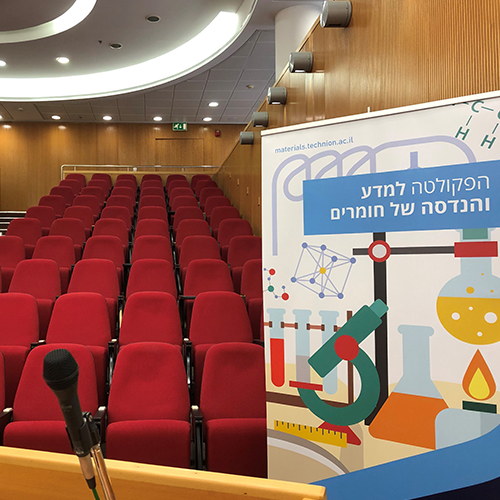
Dr. Alexander Tesler
08.02.2024
ZOOM
14:30
Wetting refers to the ability of liquids to maintain contact with a solid surface. However, in engineering applications, contact of solids with aqueous media can lead to undesirable phenomena such as corrosion, chemo- and biofouling, which have extremely negative economic, health, and environmental impacts. Therefore, controlling wetting on solid surfaces is crucial in mitigating its detrimental effects. Superhydrophobic surfaces (SHS) can minimize the contact of the solid substrate with aqueous media. Despite being studied for decades to overcome wetting-related challenges, SHS are still rarely used in engineering applications. When immersed underwater, SHS can trap air, known as a plastron. To date, plastrons have been reported to be impractical for underwater engineering applications due to their short lifetime, i.e., these surfaces exhibit a metastable Cassie-Baxter wetting regime. Here, I will describe ultra-slippery aerophilic surfaces with an extended lifetime of plastron conserved for months and even years underwater. The extended methodology was developed to unambiguously describe the wetting regime on such aerophilic surfaces since conventional goniometric measurements are simply impractical. The aerophilic surfaces significantly decrease blood adhesion and prevent the attachment of bacteria and marine organisms, such as barnacles and mussels. They also delay corrosion onset for months in highly corrosive seawater. A generic strategy to achieve long-term stability of plastrons on aerophilic surfaces for demanding and previously unattainable applications will be outlined.


